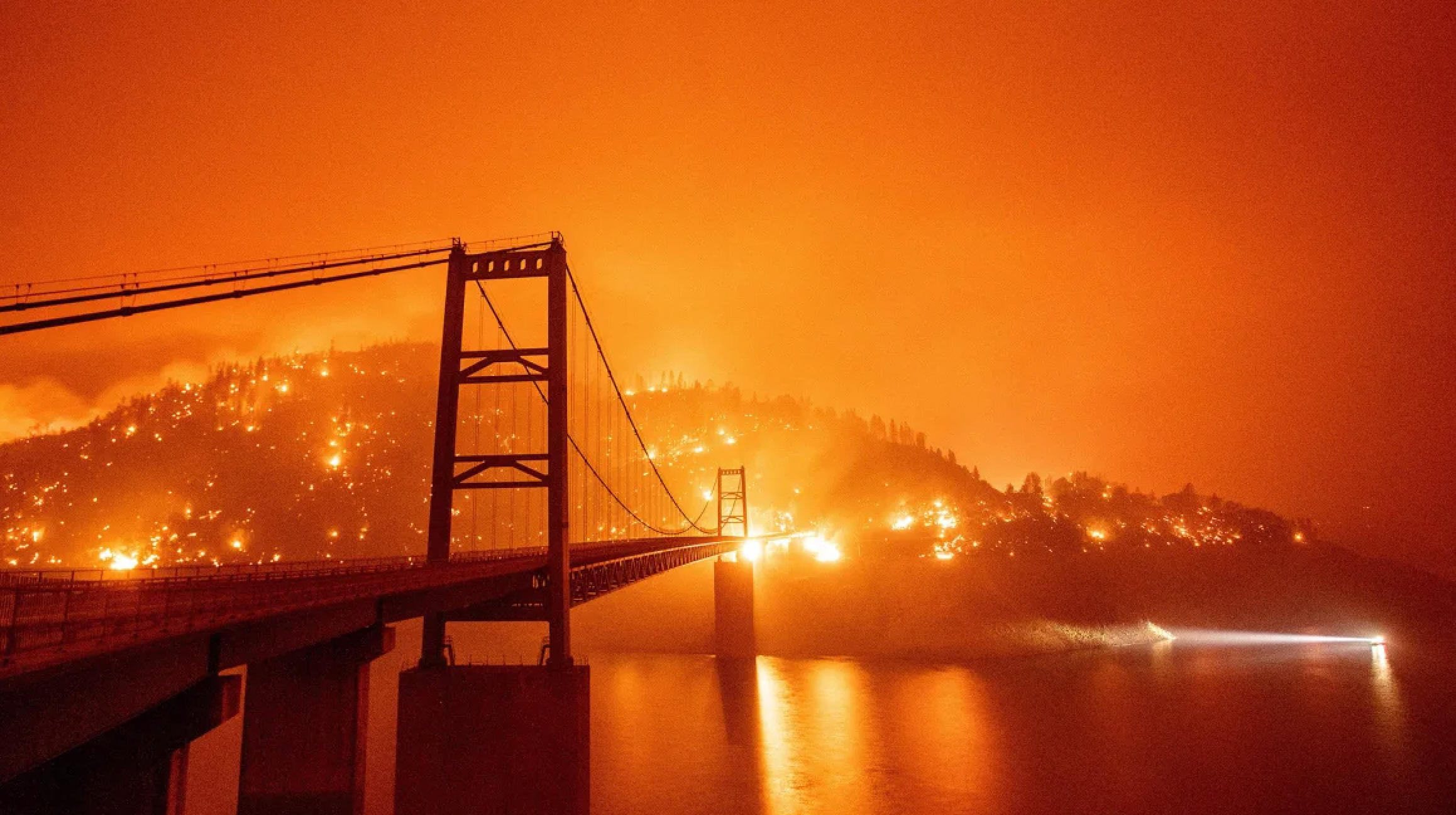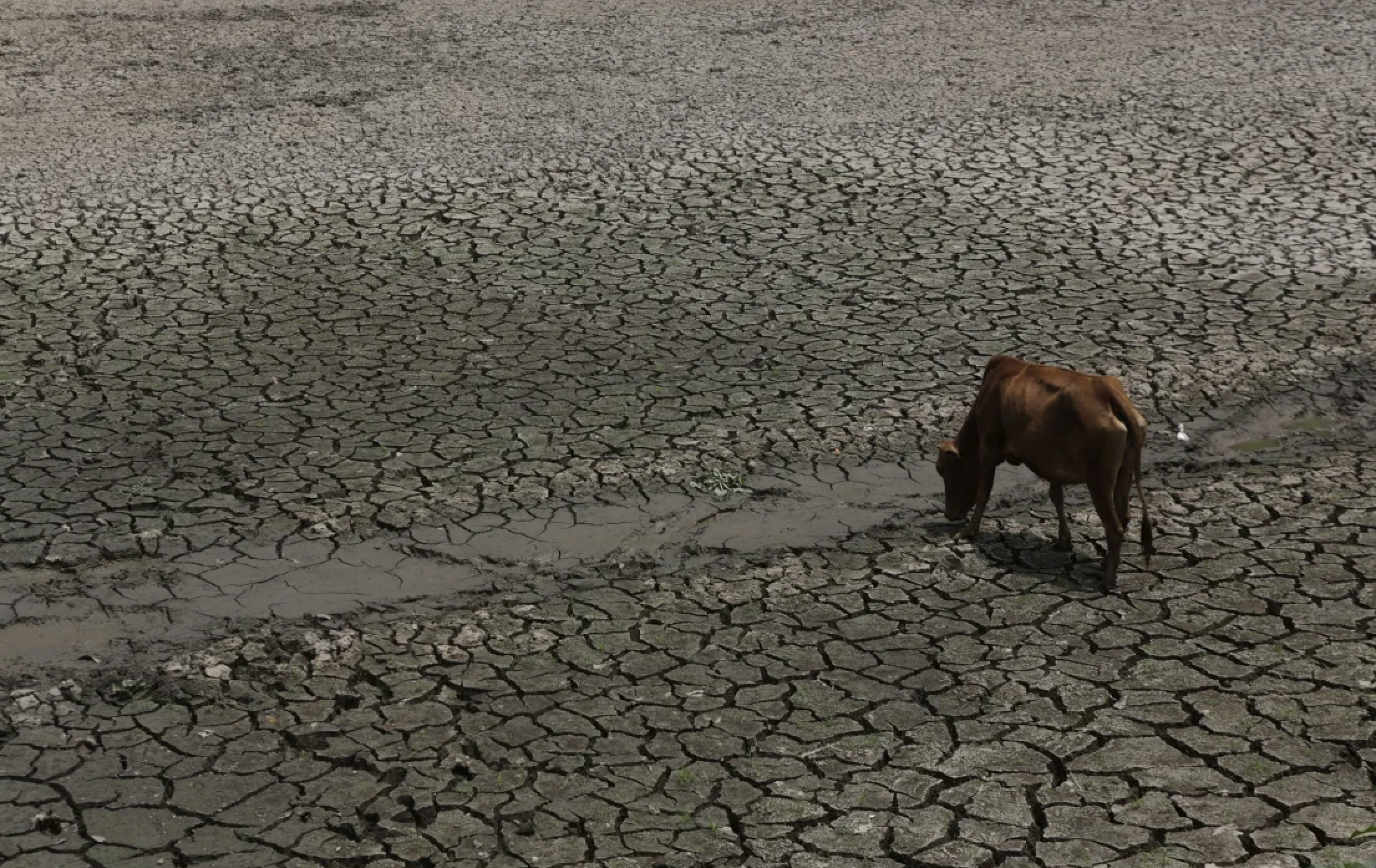
The decade between 2011 and 2020 was the hottest on record for the planet’s land and oceans as the rate of climate change “surged alarmingly,” according to a new report from the World Meteorological Organization.
The report, released Tuesday at the COP28 conference in Dubai, found rising concentrations of planet-heating pollution in the atmosphere fueled record land and ocean temperatures and “turbo charged” dramatic glacier loss and sea-level rise during this period.
This year is also expected to be the hottest year, after six straight months of record global temperatures.
Scientists have said this year’s exceptional warmth is the result of the combined effects of El Niño and human-caused climate change, which is driven by planet-warming fossil fuel pollution. A separate analysis released Monday by the Global Carbon Project found that carbon pollution from fossil fuels is on track to set a new record in 2023 – 1.1% higher than 2022 levels.
WMO’s findings on the hottest decade continue a 30-year trend. “Each decade since the 1990s has been warmer than the one before it, and we see no immediate sign of this trend reversing,” WMO Secretary-General Petteri Taalas said in a statement. “We have to cut greenhouse gas emissions as a top and overriding priority for the planet in order to prevent climate change spiralling out of control.”
While the concentration of all planet-heating gases grew over this decade, the UN agency highlighted the increase in methane as particularly concerning.
“The alarming trend here is that the rate of the growth of methane almost doubled during this decade,” Elena Manaenkova, WMO’s Deputy Secretary General, said in a news conference Tuesday.
Climate pollution from all fossil fuel types — coal, oil, and natural gas — increased around the world, the Global Carbon Project found, but some proved to be more dominant than others. Coal and oil emissions, for instance, have increased significantly in India and China, while the US and the EU showed strong declines in coal. Emissions from natural gas are increasing in the US, China and India, but decreasing in the EU.


At the rate at which emissions are rising, researchers estimate a 50% chance of global temperatures regularly breaching 1.5 degrees Celsius in about seven years. That temperature – the goal of the Paris climate agreement, and a threshold above which scientists warn it will be more difficult for humans and ecosystems to adapt – was crossed briefly this year as warming from El Niño merged with the climate crisis.
Climate shocks are threatening food security and displacing people around the world, the WMO report warned, and there is a “particularly profound transformation” taking place in the polar regions and high mountains. “We are losing the race to save our melting glaciers and ice sheets,” Taalas said.
There was one piece of good news: The report found the ozone layer is on track to recovery thanks to international efforts to phase out ozone-depleting chemicals.
The WMO report comes partway through the UN-backed COP28 climate summit, on the day focused on energy and industry. The future role of fossil fuels — the main driver of the climate crisis — is one of the main sticking points at COP28.
“The impacts of climate change are evident all around us, but action to reduce carbon emissions from fossil fuels remains painfully slow,” said Pierre Friedlingstein, a professor at the University of Exeter’s Global Systems Institute. “It now looks inevitable we will overshoot the 1.5°C target of the Paris Agreement, and leaders meeting at COP28 will have to agree rapid cuts in fossil fuel emissions even to keep the 2°C target alive.”